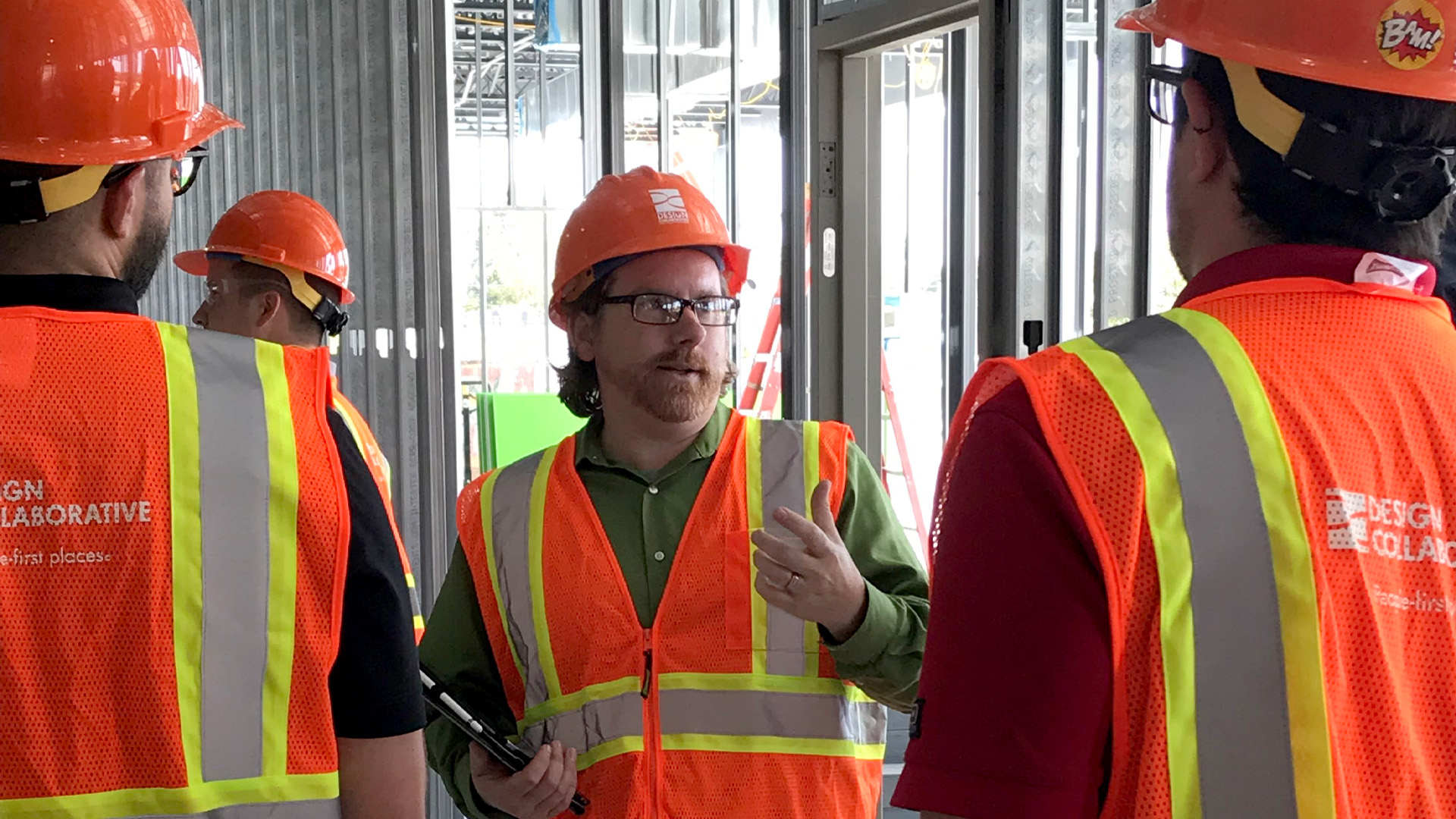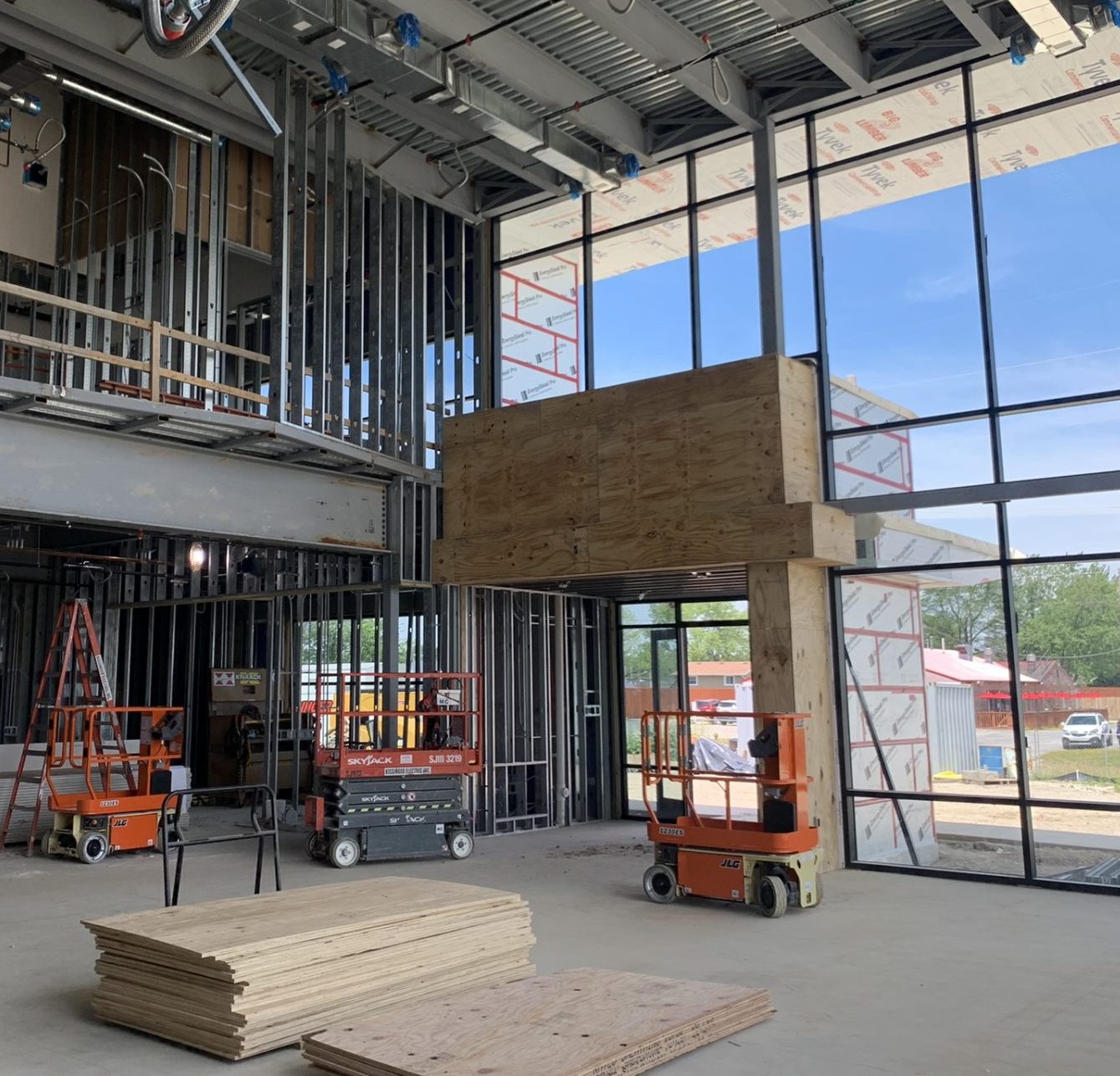What’s the Big Deal with Submittals?
By Jeremiah Hatfield, RA
November 7, 2023Post Tagged in
 |
I must have missed the week in my professional practice course that introduced construction submittals and the associated responsibilities that come with them. I don’t blame my professors – it’s quite an unexciting subject. Over the decades, I’ve gotten lots of practice reviewing all sorts of construction submittals and learning how the nuances matter. Some of my most critical conversations in the field refer to a submittal, often debating over words that architects lean on such as “design intent”, or “reviewed, not approved”. These days I have received grins from contractors as if we are dodging responsibility or changing the rules how submittals work. I’m surprised I’ve never had a client just ask, “Hey, what’s the big deal with the submittal?”
|






